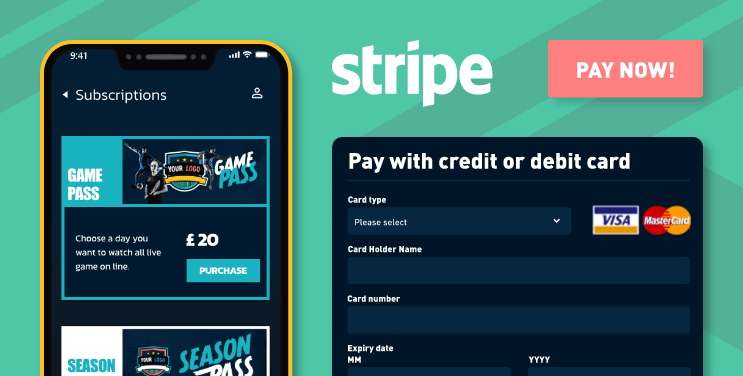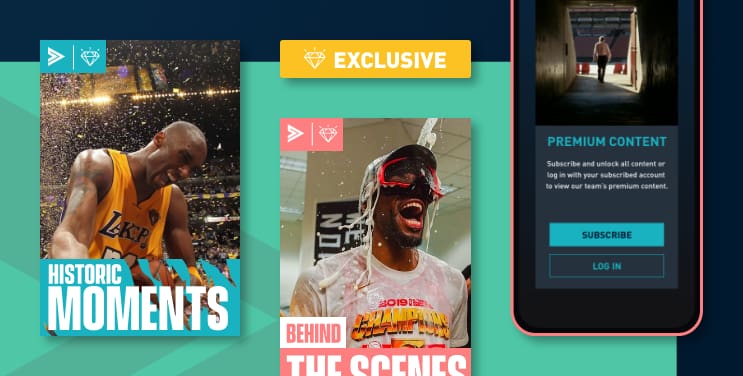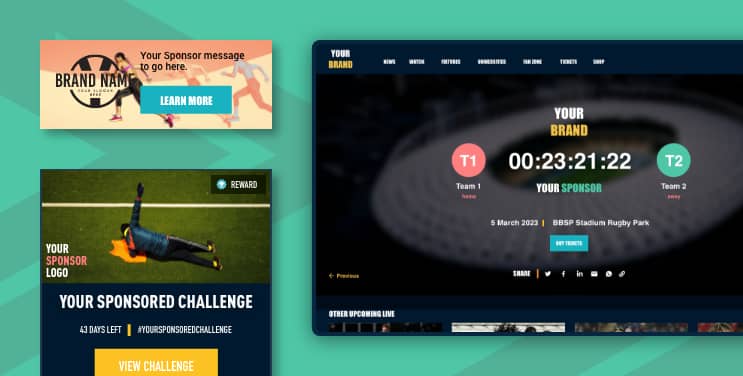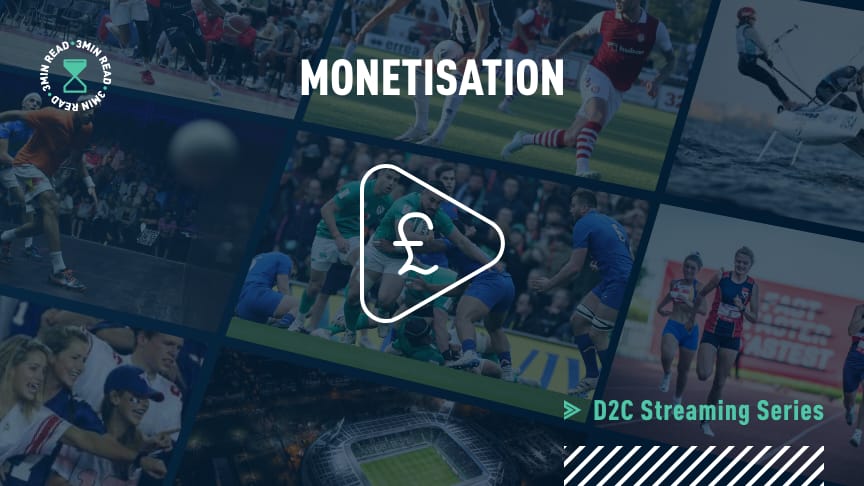D2C streaming is one of the fastest growing trends in sportstech for 2023, and for good reason.
Establishing your own branded D2C streaming platform provides the means to meet the fans’ insatiable demand for content, while allowing sports organisations to bypass traditional broadcasters where allowed; enjoy more control in how your content is distributed and monetised; collect valuable first-party data insights and knowledge of your fan base; create more value for commercial partners through sponsorship and advertising; while providing exclusive content and interactive experiences for fans.
In the first of a quick-read series, the PT team will be looking at the key factors sports organisations need to navigate before setting out on the D2C journey.
This week: Monetisation
The overall monetisation mix is a crucial aspect that PT considers in partnership with clients in the planning phase of any launch. A sustainable, successful platform is one that embraces multiple monetisation streams and options to generate value, and should always include …
SUBSCRIPTION-BASED MODELS
One of the most common monetization models for direct-to-consumer streaming platforms is a subscription-based model. Fans pay a weekly, monthly or yearly fee to access live events and additional content. This model provides a predictable and recurring revenue stream, making it an attractive option.
PT takes on the heavy lifting by integrating with industry-leading payment service Stripe to enable multiple subscription options for fans – to maximise uptake.

PAY-PER-VIEW
A pay-per-view model allows fans to purchase access to individual events, such as a highly-anticipated game or tournament. This model can be particularly attractive for federations or associations with a large, passionate fan base and can generate substantial revenue for high-profile events.
PT has direct experience in executing a pay-per-view strategy for clients like the Professional Squash Association and Bristol City – to attract casual fans not ready to commit to a longer subscription.
PREMIUM CONTENT
Another way to monetise your platform is by offering premium content that fans can purchase for a fee. This could be anything from behind-the-scenes footage, exclusive interviews, or other unique content that provides added value to fans. There is so much value to be had in content that falls outside of the traditional match day offering that is not being maximised.

ADVERTISING
By integrating advertisements into your content, you can generate additional revenue from commercial partners/sponsors – who are looking for more digital coverage and value. However, it’s essential to consider the balance between monetisation and user experience, as an excessive number of advertisements can detract from the overall viewing experience.
Targeted, relevant advertising content is key.
SPONSORSHIP
Sponsor coverage can take the form of branded content, sponsorship of specific events, matches or series, or even sponsorship of the platform as a whole.
PT goes one step further, integrating various gamification modules – including UCG Challenges, player-of-the-match voting and match predictions – to allow for sponsored engagement.

PT works closely with sports organisations to evaluate your target audience, the competitive landscape, and the overall user experience when deciding on the best monetisation strategy. By finding the right balance between monetisation and user experience, you can ensure the sustainability of your platform and ultimately long-lasting transactional relationships with your loyal fans.




